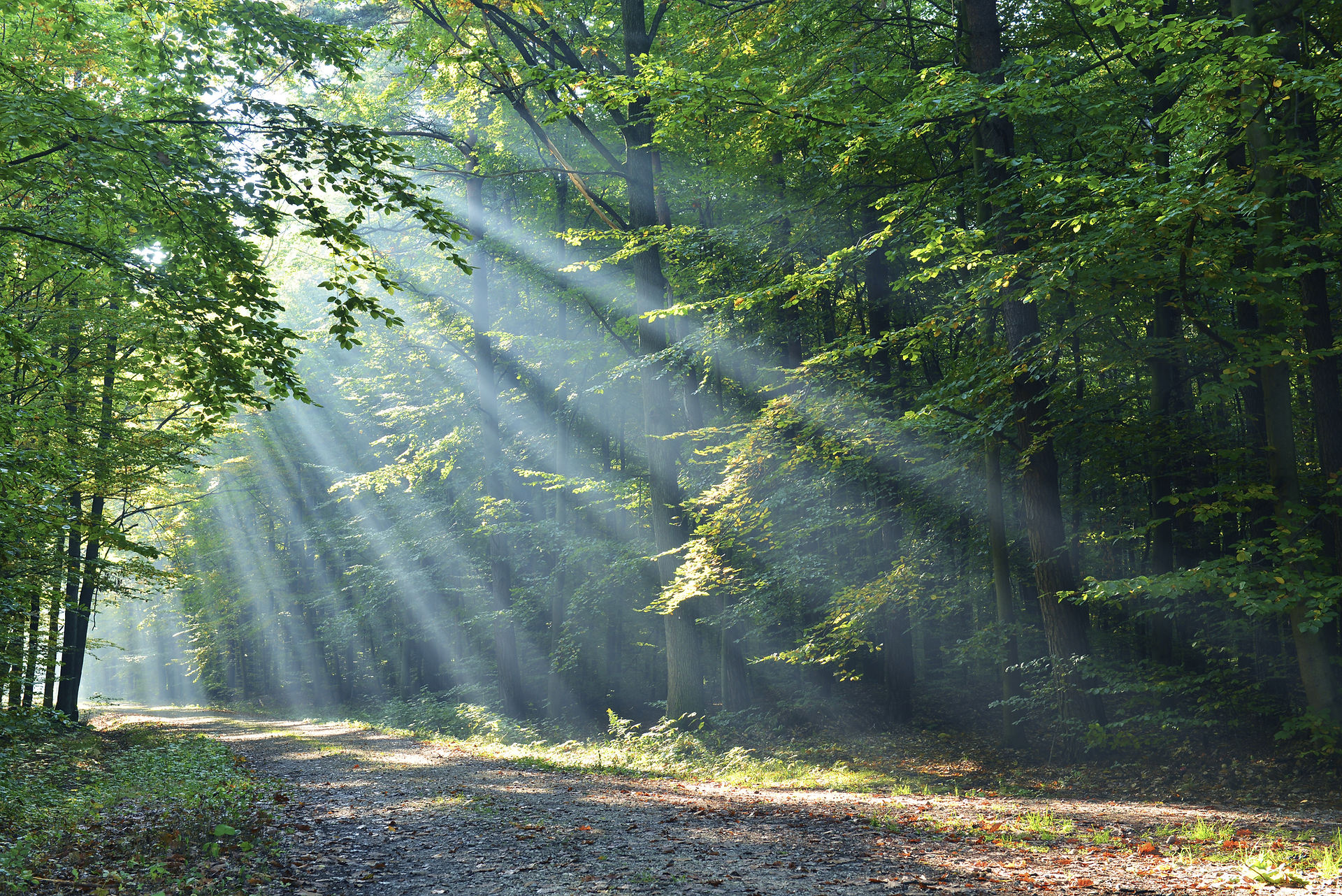- Granny Bonnet

In the Middle Ages, East Anglia was a rich wool-producing area and hat-making was the principle line of work in villages known as The Pulhams, where tucked away, is a link back to a time in history when life, for most of the populace, was largely controlled by landlords and the Church.
Situated in Pulham St. Mary, present-day Pennoyer Centre is built around a unique little flint chapel which highlights the importance the wool trade and religion once held in all walks of life in East Anglia.
In 1401 a wealthy team of local 'hatters, cappers and hurers*' formed a guild and raised the Chapel in dedication to St. James, the patron saint of hatters. It supported a hermit priest, paid for by the contributions of the members. Here he conducted masses and prayed for their souls. This continued until the dissolution of the monasteries by Henry VIII in 1547.
The chapel thereafter gradually fell out of use until in 1674 William Pennoyer a rich Puritan merchant who traded cloth, sugar and tobacco, established a trust in his will to pay for a master to teach his tenants’ sons, as well as fatherless boys from the surrounding villages. He extended the building when he opened Pennoyer’s Free School and it was further enlarged by the Victorians in 1870. This educational establishment remained operational until 1988. Thereafter the somewhat hap-hazard amalgamation of buildings that had served the community for more than 600 years, slipped into decline, and I well remember seeing the sad little site many years ago.

Undaunted, a team of local volunteers set about saving the iconic chapel that lay within its heart, and in 2009, the newly restored Pennoyer Centre was opened to the public once more. And what a transformation it is! A skillful blend of ancient flintwork, Victorian brick and modern-day glass and steel, married successfully to carry it forth into the next few hundred years. It houses offices, a thriving café and in a nod to its educational
past, a super little museum, much of which is dedicated to another industry that took over the area in more recent times with the building of airships, known affectionately as 'The Pulham Pigs' and I will tell that fascinating story in a separate article.

St. James the Less, son of Alphaeus was a disciple of Jesus, thought to be a cousin by the sister of the Virgin Mary. His feast day is 3rd May, and he is usually depicted holding a fullers club. Fullers cleansed and whitened raw wool and finished felted cloth, the malodorous early processes necessarily taking place away from general habitation as soiled wool was steeped in barrels of putrid urine, then trampled and beaten to release dirt and oil. Much rinsing in ponds and streams was required in order to leave the product either pure white, or ready for dyeing.
In the 1570’s to 1590’s a law was passed that all Englishmen except nobles had to wear a woollen cap to church on Sundays, part of a government plan to support the important wool industry which raised significant taxes, hence the significance of the Woolsack in the House of Commons.
* Hurers were makers and sellers of caps. It is suggested they made shaggy caps or worked with hair as well as wool..
www.pennoyers.org.uk]






